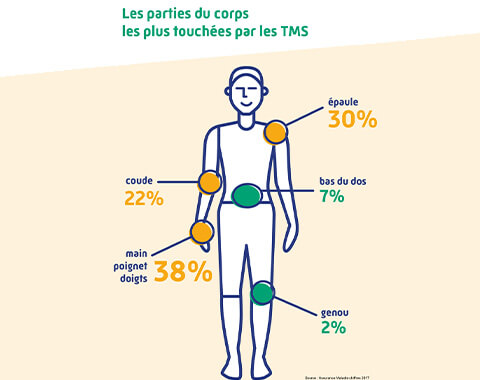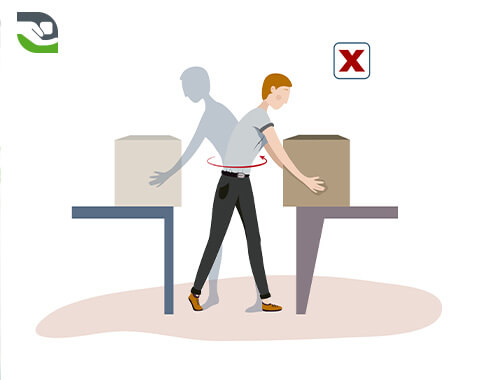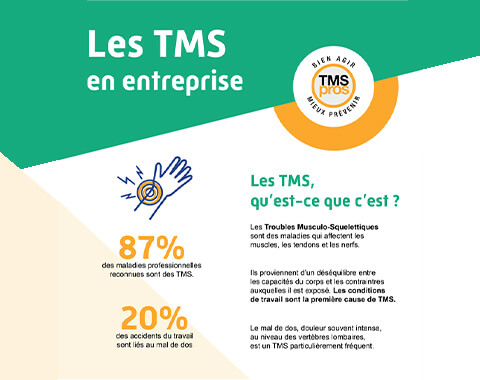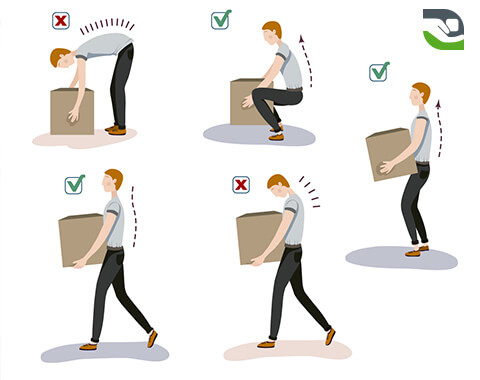MSDs: environments at risk
Every sector of activity is concerned, such as the food industry, metallurgy, industrial cleaning, construction and public works, mass distribution, etc.
A survey was carried out in 2008 by 350 occupational physicians, among 5,000 employees in the retail sector. It appears that there are more musculoskeletal disorders among retail employees: 85% of retail employees suffer from musculoskeletal disorders, compared to 75% for the population as a whole: 60% have back pain, and 30% suffer from wrist and shoulder pain.
Different factors will play a role in the appearance of MSDs;
The workstation is an important factor with repetitive motions. Carrying heavy loads, precise movements, small amplitude, work at height with a risk of falling, especially if performed in an uncomfortable posture. The use of vibrating or mechanical tools such as a forklift accident. Occupations that involve static work postures such as screen work with screens too high or too low in relation to the eyes, prolonged use of the mouse.
There are also other factors to consider such as personal factors. The gender of the workers also plays a role. Women are more affected than men. Being more often assigned to tasks that require repetitive hand movements at a high rate. They still do most of the housework.
Age also has a significant impact on MSDs. Certain stresses will trigger musculoskeletal disorders in employees over 50, whereas they have no effect on employees aged 30. A deteriorated state of health favors the occurrence of musculoskeletal disorders.
The organization of work affects the psychology of workers and therefore increases the risk of MSDs. Just-in-time flows, time pressure, poor work organization, and lack of job satisfaction are all criteria for the appearance of MSDs. The workplace can also be a reason for occupational diseases. Low lighting, high noise levels or poor thermal conditions may require the employee to adopt an uncomfortable position to move towards or away from problem sources.
It is therefore the imbalance between the employee’s capacities and the demands to which he or she is exposed that will create MSDs.


 Job offers
Job offers 











